The Lacrosse Goalie Rules
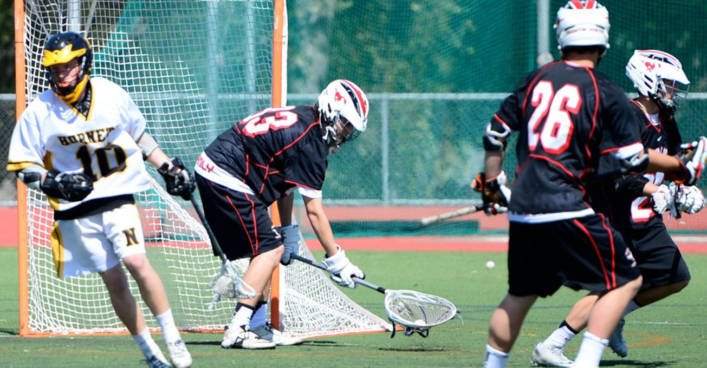
For new players or parents who are unfamiliar with the sport of lacrosse, the rules can seem tricky. There are so many little rules here and there that its hard even for experienced players to fully comprehend them all.
When it comes to goalies there are also some specific rules that govern how we go about our business.
The purpose of this post is to give you an introduction to the rules that pertain to lacrosse goalies.
Different Organizations with Different Rules
The first thing to note is that the rules depend on which league you’re playing in and whether its men’s or women’s lacrosse.
For example, here are the different organizations that each have their own set of rules:
- Major League Lacrosse – Rules
- NCAA – Women’s Rules / Men’s Rules
- NFHS (National Federation of State High School Associations) – Only printed versions available
- Youth Lacrosse (U-14) – Girl’s Rules / Boy’s Rules
- FIL (Federation of International Lacrosse) – Men’s Rules / Women’s Rule
The good part is most rules pertaining to the goalie are pretty standard across all organizing bodies. But there are a few differences that I’ll try to touch on throughout this post.
I’m not claiming to be an expert in every league’s rules both male and female. So if you see some discrepancy, please leave me a comment down below so I can get it corrected.
Goal Crease Privileges
The goalie is given certain privileges when it comes to the crease.
No opposing player may make contact with the goalkeeper or his crosse while the goalkeeper is within the goal-crease area, regardless of whether the goalkeeper has the ball in his possession. An attacking player may reach within the crease area to play a loose ball as long as he does not make contact with the goalkeeper or the goalkeeper’s crosse.
In the women’s game rulebook they actually call the “crease” the “goal circle”. For the purposes of this post, I’ll refer to it mostly as the crease.
This means a goalie cannot be contacted while fully inside of the crease.
If you think of the crease an imaginary cylinder that extends upwards to the sky, as long as you are inside the cylinder you cannot be contacted.
In the men’s game, an attackman can attempt to scoop up a loose ball in the crease but cannot make contact with the goalie’s stick nor body. In the women’s game, attackers are not allowed to break the crease cylinder except on the follow through of a shot. Even women’s defensive players cannot reach into the crease to play a loose ball.
So remember if you are inside of the imaginary cylinder you cannot be contacted.
If contact does occur, the refs will yell “Play On”, meaning play continues and if the goalie’s team escapes with the ball no call is made. Otherwise, possession is awarded to the goalie’s team.
Keep in mind these rules only protect the designated goalie. If a defender or middie has the ball in the crease they can be checked, business as usual.
When the goalkeeper is in his own crease area, any portion of the goalkeeper’s crosse extended outside the cylinder of the crease area, but not the goalkeeper’s body, is subject to being checked under the same circumstances as the crosse of any other player, except when the ball is in his crosse.
Let’s dig into this rule.
First, if you have possession of the ball and are in the crease, neither the goalie’s stick nor body can be checked.
Here “in the crease” means just one foot in the crease. To be “out of the crease” a goalie’s stick and body must be 100% outside the crease. Note that if you have one foot out of the crease and lift the other foot in the air, you’re considered to be out of the crease.
If you have at least one foot in the crease, attackman may check your stick if it’s outside the crease cylinder while going for a loose ball but cannot check your body.
If the goalie’s stick goes outside the cylinder with no possession of the ball, it can be checked. So if both feet are in the crease but you’re trying to scoop a ground ball outside the crease, the stick can be checked.
A veteran goalie trick after a making a 1×1 save with the ball in your stick is to dangle it in front of the attackman you just stuffed for an extra second. The majority of the time they check your stick and give your team an instant free clear.
This particular rule is different in the women’s game. From the NCAA female rulebook, female goalies:
May reach out their stick and bring the ball back into the goal circle provided no part of their body is grounded outside the goal circle.
So you cannot keep one foot in and scoop the ball back into the crease. If you’re going to scoop up a loose ball outside the crease you need to exit the crease on foot and take off running (or walking, rulebook doesn’t specify haha).
This protection also applies to a goalie’s follow through on a outlet pass. Even if the riding attackman stands completely motionless, if the natural follow-through causes contact, that’s a violation.
I emphasize natural because if a goalie is trying to draw the contact and the attackman doesn’t move, it won’t be called.
Same as the first section, a violation results in a “Play On”, play continues and if the goalie’s team does not retain possession, play is stopped and possession awarded to the goalie’s team.
The goalie may stop or block the ball in any manner with his crosse or body, and he may block the ball or bat it away with his hand. When the ball is on the ground and within the crease, whether moving or at rest, he may bat or direct the ball with his hand. He may not close his hand on the ball; thus he may not catch the ball with his hand, nor may he pick the ball up with his hand. He or any member of the defending team may receive a pass while in the crease area
This is another rule which defers on the women’s side. Female goalies may pickup the ball with their hand and place it into their crosse:
If a player, excluding the goalkeeper, touches the ball with one’s hand, outside or inside the goal circle; however, a field player while legally in the goal circle may remove a ball lodged in the goal netting or one’s clothing with one’s hand.
Goalies can use any part of their body to make a save, including the free hand. As the rule states, you cannot catch the ball or pick it up and put it in your crosse. In the women’s game you can pick up the ball and place it into your crosse, not in the men’s game.
That means a save like this is legal (and totally awesome) –
In the women’s game, there is a rule that states the goalkeeper cannot bat, throw, catch or carry the ball with their hand when outside the goal circle.
So technically the save above is illegal in the women’s game as he’s outside the crease. Thanks to reader Dave for pointing this out. Women’s goalie rules are a buzzkill sometimes.
However in the women’s game as I understand it you CAN pick up the ball with your bare hand and place it into your crosse if you are in the crease.
4 Seconds / 10 Seconds In the Crease
Once gaining possession, the goalie has 4 seconds (men) or 10 seconds (female) to either leave the crease or throw a pass.
The goalkeeper or any other player of the defending team may receive a pass while in the crease area. In that case the 4 second or 10 second count starts again.
If the ball is inadvertently dropped and picked up, a new count begins. If the ball is purposefully dropped, a new count does not begin.
Once the goalie or a defender leaves the crease with possession, he/she may not re-enter with possession of the ball or else the ball is awarded to the other team.
Goalie Equipment Rules
Here are the rules related to stick length –
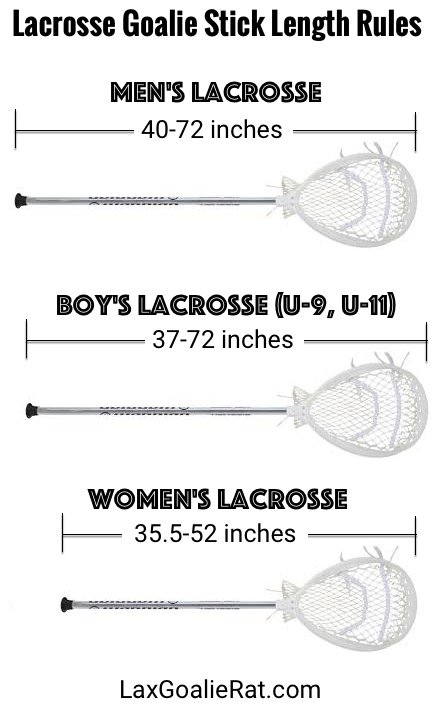
The head must measure between 10 – 12 inches at its widest point with sidewalls no bigger than 2 inches. Measured top to bottom the goalie’s head cannot exceed 16.5 inches. You can be sure all standard lacrosse goalie heads are going to conform to these rules or else they’d be out of business pretty quick.
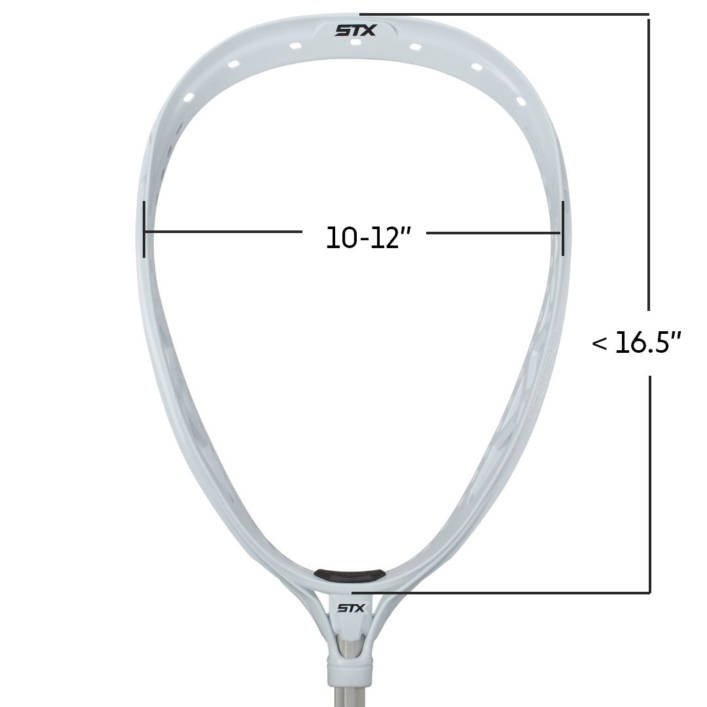
FIL rules state the goalie stick head must measure head 6 – 15 inches at the widest point. Any FIL goalies taking advantage of the larger goalie head allowance? Probably not since the lacrosse companies wouldn’t make a goalie head just for the international game.
A goalie must use a chest protector, a protective cup, a mouth piece, and a throat guard.
By rule, throat protectors must be specifically designed for lacrosse. That said, I’ve seen some goalies use ice hockey throat protectors and it wasn’t an issue. But use it at your risk.
Shoulder pads, arm pads, shin guards, goalie pants, or football pants are optional but must not increase the size of the limb (i.e. no field or ice hockey shin guards).
Specialized lacrosse goalie gloves can be of any color. Doesn’t need to match the colors of team’s gloves.
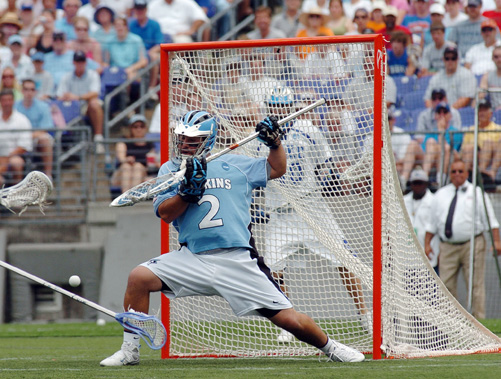
Other Goalie Related Rules
Here are some additional rules which might be helpful to understand.
Only Goalies Can Save Shots
In the attempt to limit injuries, non-goalies are NOT allowed to act as the goalie in the event the goalie is out of the crease. The only player who can attempt to block a shot is a legally equipped goalkeeper.
So if A1 shoots while B1 goalie is away from the crease and B2 steps into the crease to block the shot. That’s a violation.
It’s a play-on until the shot comes to its normal conclusion. If it’s B2’s first violation no time served. Any subsequent violation on B2 will result in 1:00 releasable foul.
Play Stopped for Broken Goalie Equipment
If a goalie’s stick or equipment becomes damaged or broken during play he/she can notify an official and play should be stopped. If a goalie shows the ref AFTER a goal that equipment is broken the goal still stands.
Intentionally breaking equipment (would any goalie seriously do this?) or falsely claiming broken equipment in the attempt to stop the play is a 2-minute unreleasable penalty.
Stuck Ball in the Crease
If at any point the ball becomes stuck in a players crosse the official shall stop play immediately and award the ball to the opposing team.
This does NOT apply to the goalie. If she/he is within his goal-crease area at the time the ball becomes stuck. In this case, a defensive player shall be awarded the ball laterally outside the goal area.
One Goalie at all Times
Each team must have 1 goalie (with full goalie gear) on the field at all times.
This is why at the end of the game you cannot substitute out the goalie in favor of a better defending middie in a full ride situation.
As I learned in my podcast with Patrick Chapla from POWLAX if you want to have ALL defensive players in the defensive end in an end game scenario, just put the goalie into the offensive zone.
No Grace Period
Back when I played the goalie was a given a grace period to return to the goal. So after you chased out a shot, they waited a few extra seconds while you got back into the crease.
Such is no longer the case. There shall be no grace period for the goalkeeper to return to the crease regardless of where the ball is restarted.
So if you chase a shot out and don’t win possession, you got to bust your tail back to the crease.
Slashing
Goalies can be called to slashing or illegal body checks just like normal players. In fact that’s how I ended getting my 1st ever save when our starting goalie was called for a slashing penalty and I came in.
Warmups
During timeouts or between periods, a coach may enter the field for the sole purpose of warming up a goalkeeper.
Girl Goalie Crease Play
In the female game, a goalie cannot rake the ball outside of the crease back into the crease. Nor can they cover it with their stick. Both plays are legal and common in the men’s game.
That’s why you see girl goalies leave the crease entirely in pursuit of a ground ball instead of raking it back and enjoying the protection of the crease.
Girl Goalies Cannot Score
In the men’s game a goalie can sprint the length of the field and score. In fact it’s one of the most excited play you see in lacrosse:
Girl goalies cannot score. Once they leave the crease they’re considered a field player and the goalie stick, with its deep pocket, is illegal for a “field player”.
Goalkeeper Fouls: If a goalkeeper attempts to take the draw, lines up between the restraining line during the draw, shoots or scores for their team.
They can do assists but no goals for female goalies. We need to get this rule changed asap!
Ball in the Stick, Crosses Goalie Line Not a Goal
Seen this play a few times now including most recently with Matt Deluca with the PLL Waterdogs.
If the ball is in the goalie’s crosse and crosses the goal line, it’s NOT a goal. Any a goal if it crosses the line and is loose.
Goalie Rule Scenarios
Let’s go through some scenarios to understand what the ruling would be.
A loose ball is on the ground in the crease or is in the air above the crease. Team B’s goalkeeper, who also is in the crease, uses his hand to bat the ball into his crosse or out of the crease.
RULING: Legal play. Goalies can bat the ball with their hands. Female goalies can bat the ball with their hand while in the crease so still a legal play.
A loose ball is in the crease. The Team B goalkeeper picks up the ball with his hand and puts the ball in his crosse.
RULING: Technical foul. Goalies cannot pickup the ball. The ball is awarded to Team A outside the attack area.
Goalkeeper B1, after making a save, passes the ball to B2. B2 passes back to B1 in the crease.
RULING: Legal play.
Goalkeeper B1, with possession of the ball, extends his crosse outside the crease and still has one or both feet in the crease when A1 checks his crosse.
RULING: Interference, play-on.
A loose ball is in the crease. Goalkeeper B1 has his crosse over the ball and is about to rake the ball. A1 checks through B1’s crosse from the front, claiming he was playing a loose ball.
RULING: Interference by A1, play-on. A goalie in the crease cannot be contacted.
A loose ball is in the crease. Goalkeeper B1 has his crosse over the ball and is about to rake the ball. From the side of the crease, A1 pokes his crosse at the ball; and, as B1 draws the goalkeeper’s crosse back, contact is made with A1’s crosse.
RULING: Interference by A1, play-on.
Loose ball in front of the crease. Goalkeeper B1 reaches out and gains possession of the ball. A1 checks B1’s crosse while it is still outside the crease.
RULING: Interference, play-on.
The goalkeeper is in the crease, making a pass to begin his clear. The goalkeeper’s crosse collides with the crosse of A1, who is standing on the edge of the crease with his crosse in a covering position, thus causing the ball to drop to the ground.
RULING: Interference by A1, play-on. The goalkeeper, while clearing from the crease, has protection on passes for clear, regardless of whether the attack player moves his crosse. Play continues or award the ball to Team B at the center of the field.
A loose ball is in the crease. A1 covers the ball to rake it back. Goalkeeper B1 checks A1’s crosse.
RULING: No interference. Legal play.
A loose ball is in the crease. A1 bats the ball with his crosse, the ball enters the goal and then contact is made with goalkeeper B1’s crosse.
RULING: Legal goal—no interference. Contact occurs after play has ended.
A loose ball is in the crease. A1 bats the ball with his crosse, but the ball is still loose in the crease. Contact is then made with goalkeeper B1’s crosse.
RULING: Interference, play-on.
A1 is in possession of the ball on the edge of the crease. A1 breaks the plane of the goal with his shot, and then contact is made with goalkeeper B1’s crosse or body, the goal or the net.
RULING: Legal goal. Contact occurs after play has ended.
While team A is in possession, goalkeeper B1 drops his crosse.
RULING: Play does not stop for a dropped goalkeeper crosse, only a broken one, so B1 must retrieve his crosse. If B1 plays on without a crosse, he is guilty of illegal procedure.
The ball is loose outside the Blue crease. The Blue goalkeeper, his feet within the crease, begins to rake the ball back. Before the ball touches the goal crease, a Red attacker checks the goalkeeper’s stick
Ruling: Legal play. A goalie’s stick can be checked if outside the crease and without possession.
The ball is loose outside the Blue crease. The Blue goalkeeper, his feet within the crease, begins to rake the ball back. As the ball touches the crease, a Red attacker checks the goalkeeper’s crosse.
Ruling: Illegal play. Technical foul, as the goalkeeper is considered to be in possession when the ball is being raked back within the crease. The Red attacker serves 30 seconds.
The Blue goalkeeper, with his feet in the crease, is clearing the ball. A Red attacker is holding his crosse motionless outside the cylinder in a covering position. Before the Blue goalkeeper releases the ball, the crosses collide.
RULING: Technical foul, as the goalkeeper has the protection of the crease when clearing, whether the attacker moves his crosse or not.
Goalkeeper B1 makes a save, takes one step out of the crease, raises his rear foot off the ground in the crease and then places his rear foot down to the ground in the crease.
RULING: The ball is awarded to Team A outside the attack area. The goalkeeper is considered to have left and re-entered the crease while the ball was in his possession.
Goalkeeper B1 makes a save. When out of the crease, A1 legally checks B1 back into the crease, while he is still in possession of the ball.
RULING: The ball is awarded to Team A outside the attack area. Goalie cannot re-enter the crease with possession.
Goalkeeper B1, after making a save, passes the ball to B2. B2 passes back to B1 in the crease.
RULING: Legal play. As a goalie you cannot re-enter the crease with possession once you leave it. You can however receive a pass from a teammate back into the crease. This rule doesn’t quite make sense to me. You can re-enter the crease via air but not via foot? Oh well.
Conclusion
Understanding all of the rules that pertain to lacrosse goalies is important so you know what rights you have in the crease.
I’ve never officiated the game so I’m definitely not an expert on the rules. If you see any errors, please let me know via the comments down below.
Until next time! Coach Damon
Any rules missing? Or see any mistakes in the rules I listed? Leave a comment down below.
Visited 1 times, 1 visit(s) today
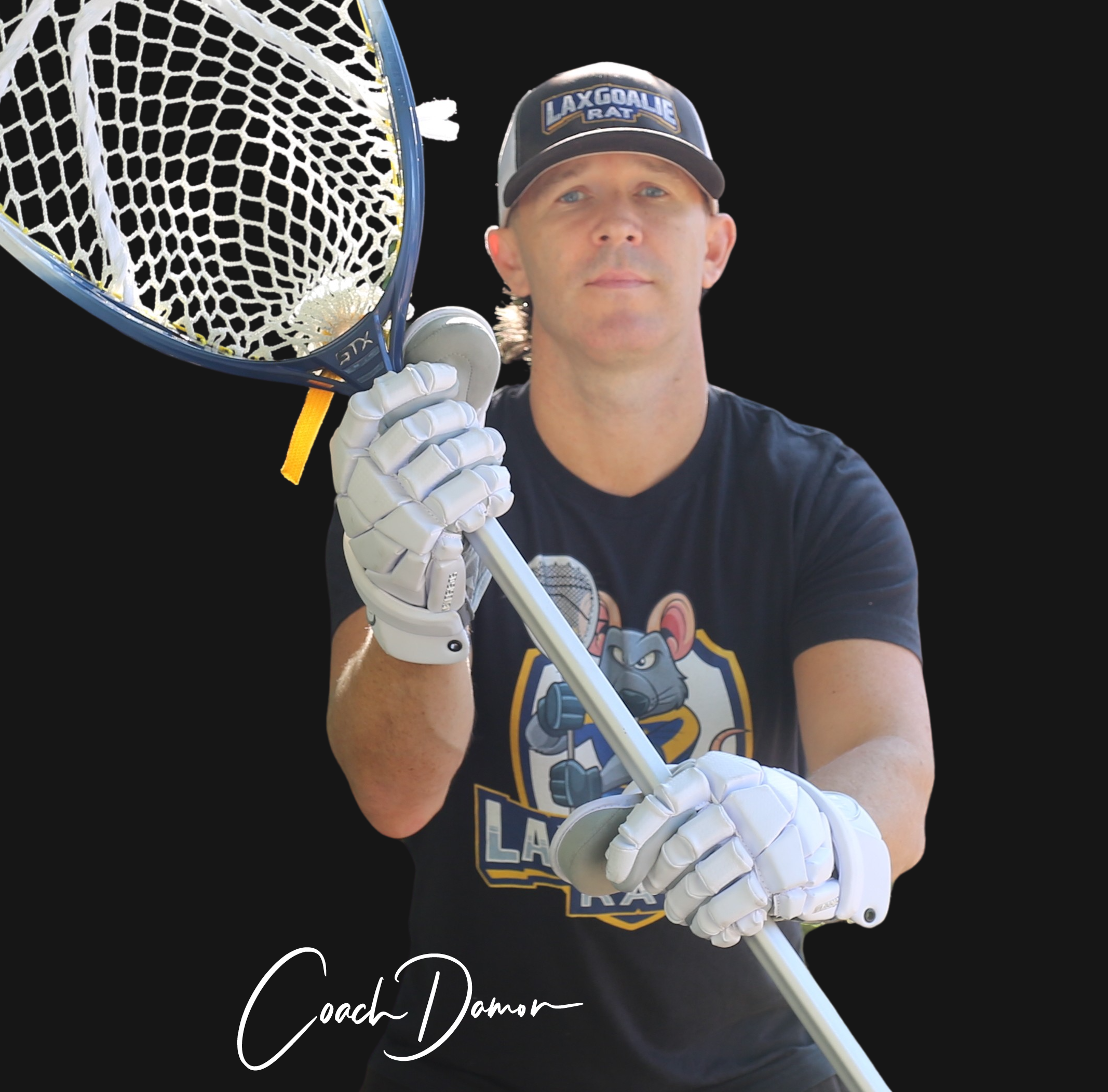










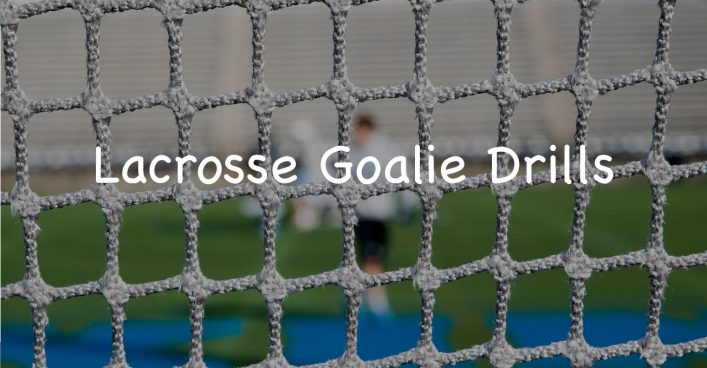
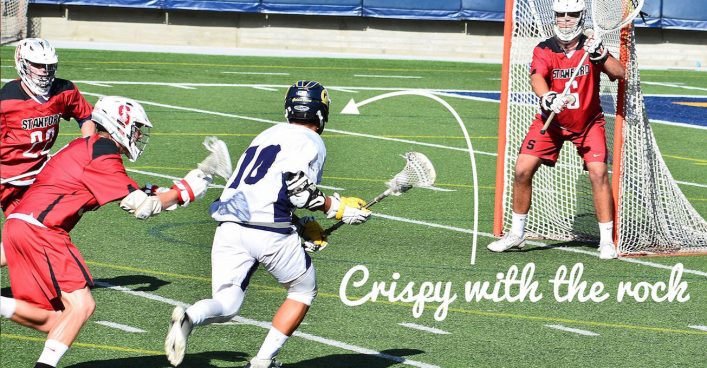

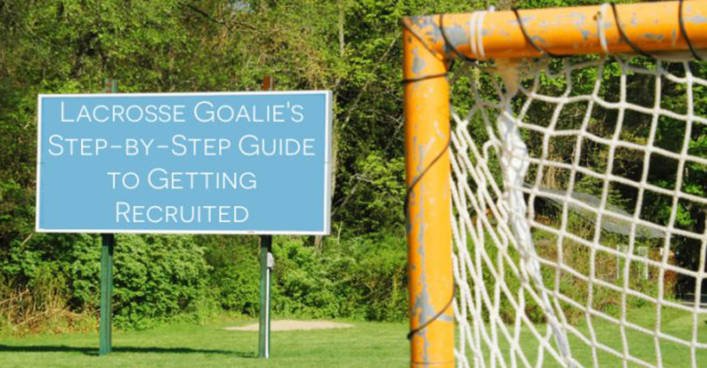
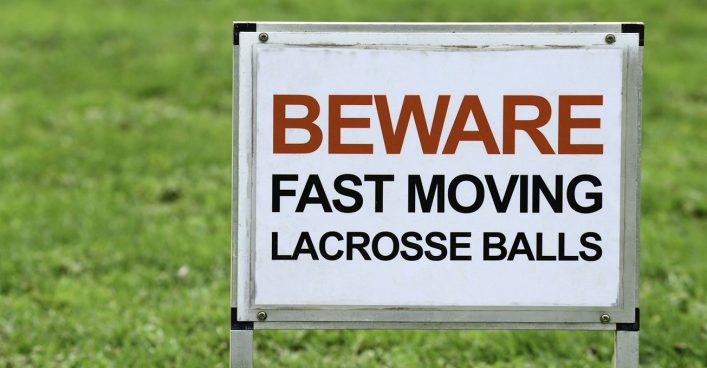
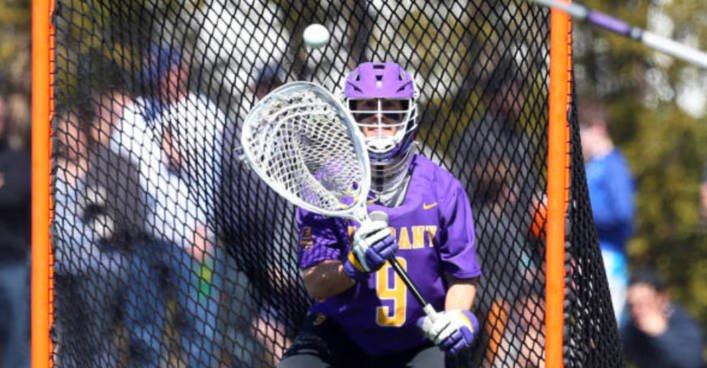
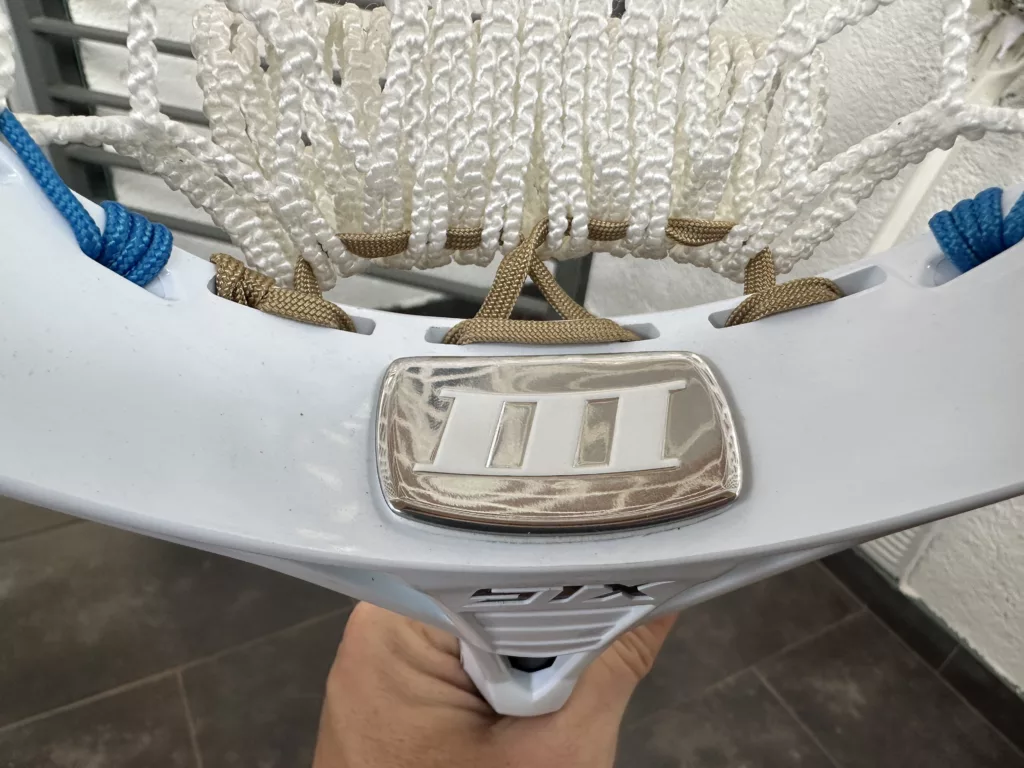
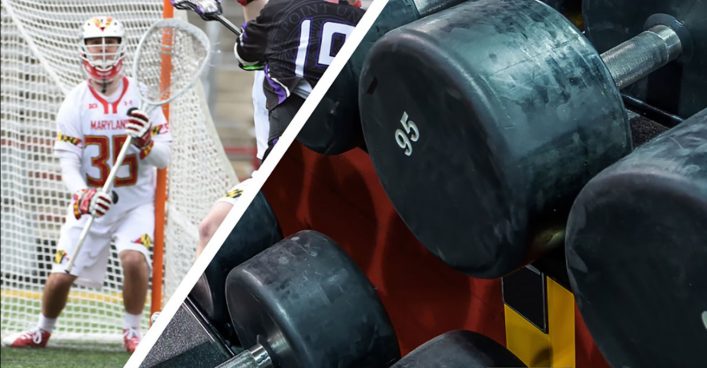


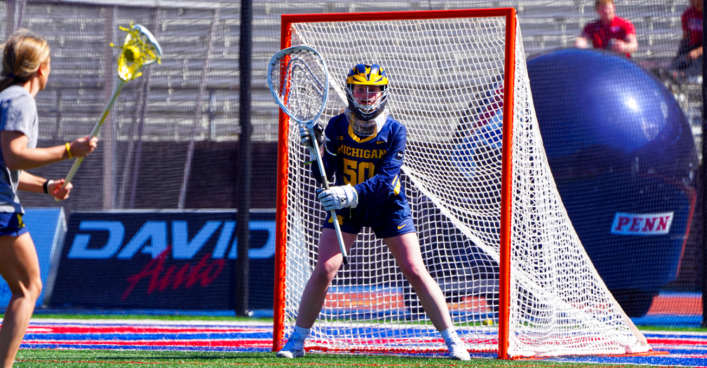
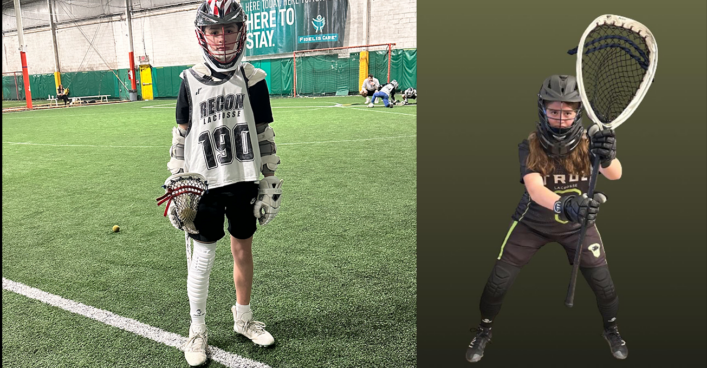

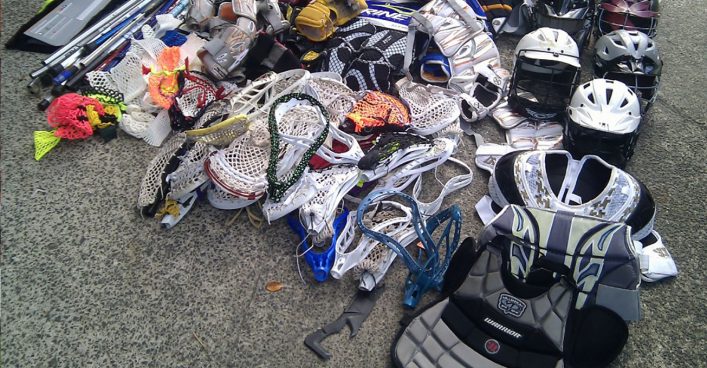

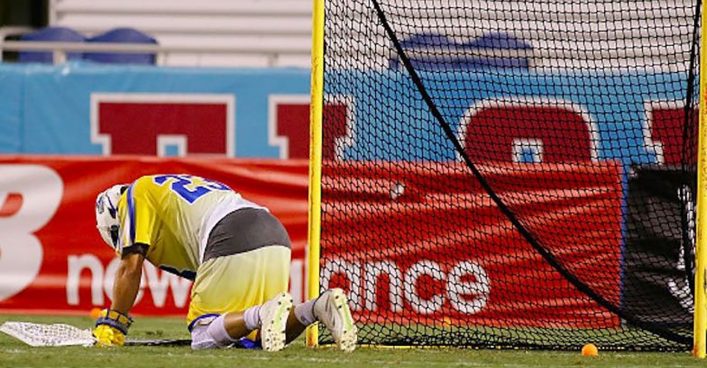
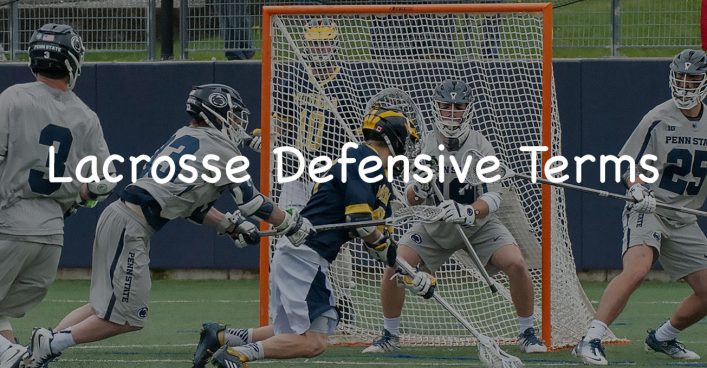
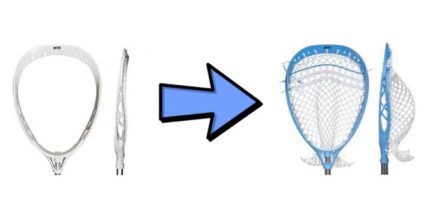





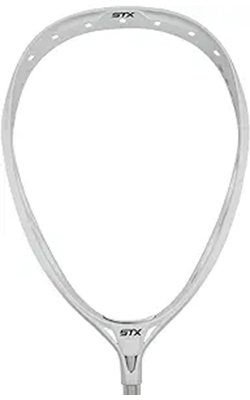

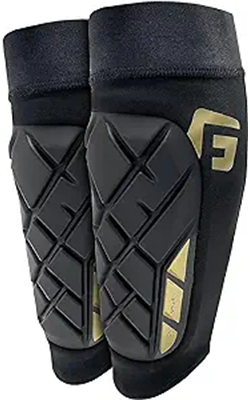
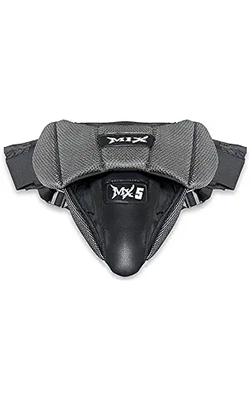
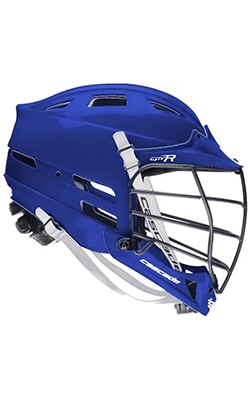
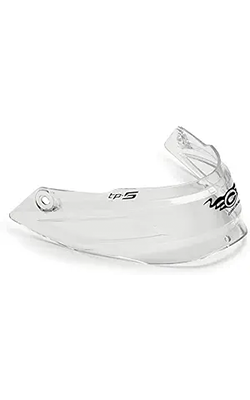
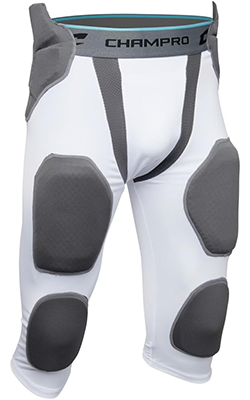
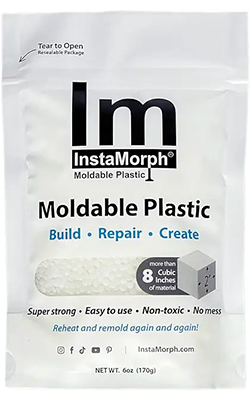
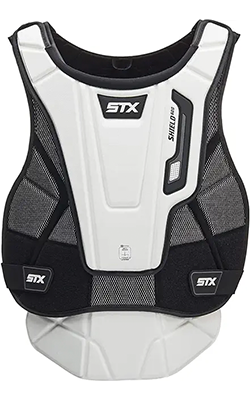
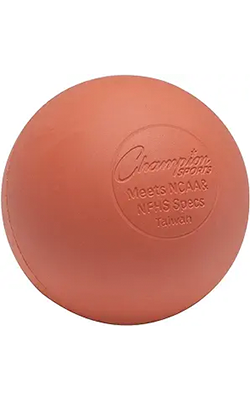
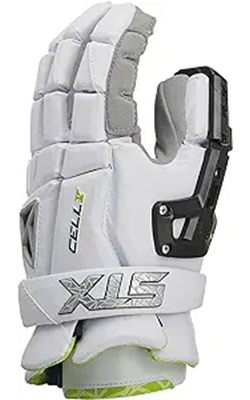


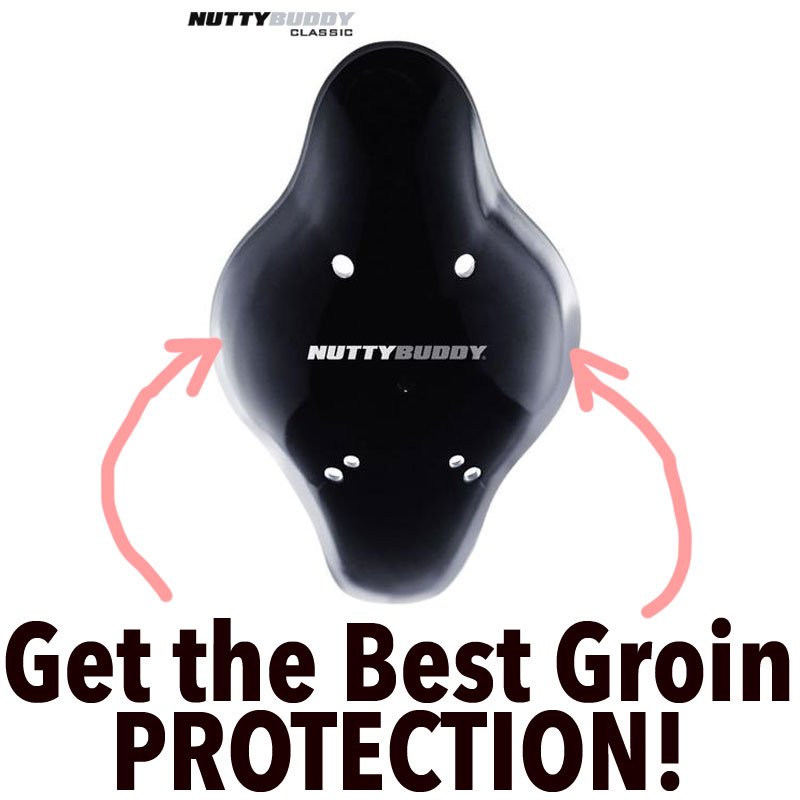


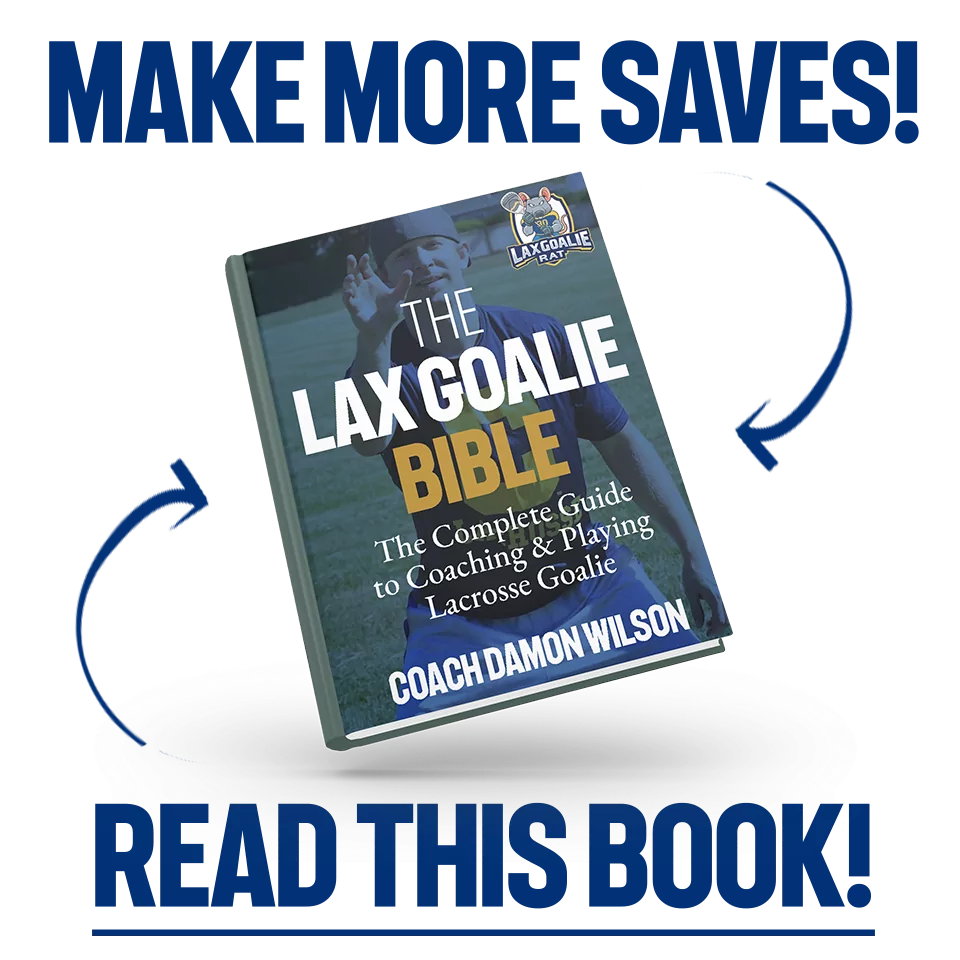
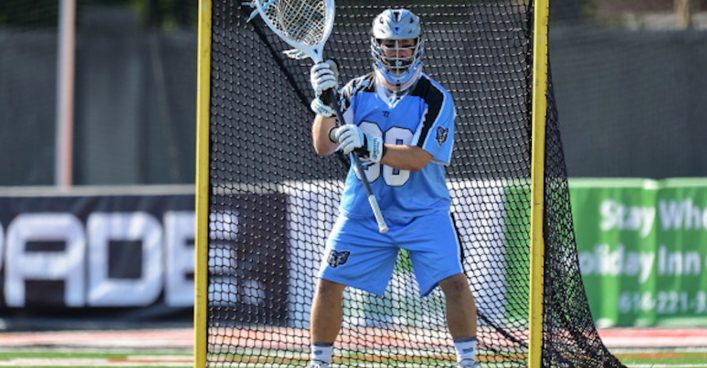
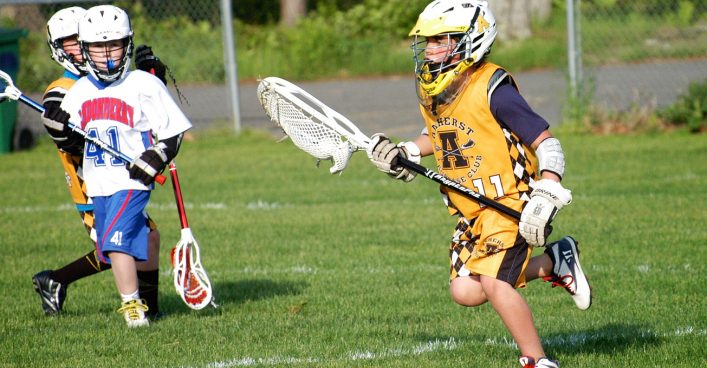
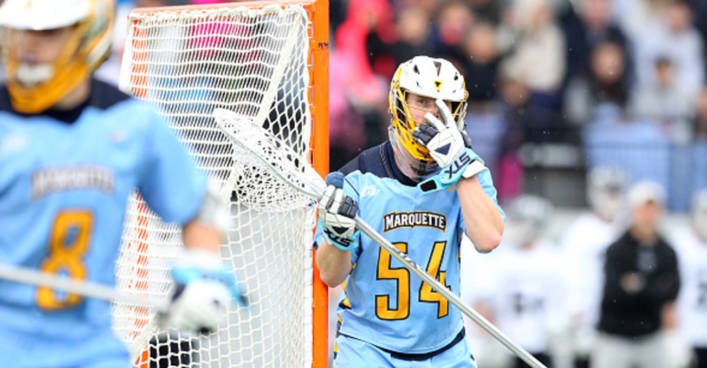

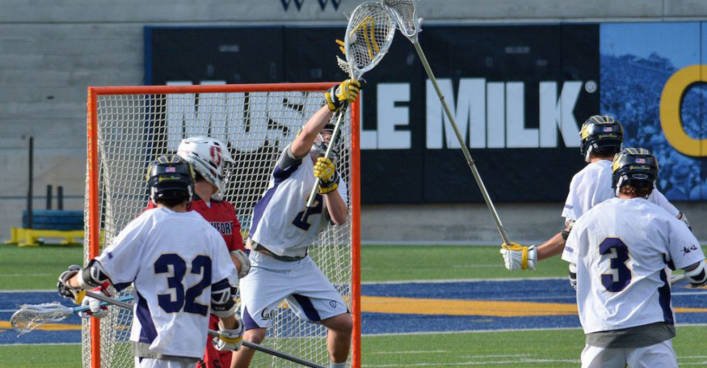



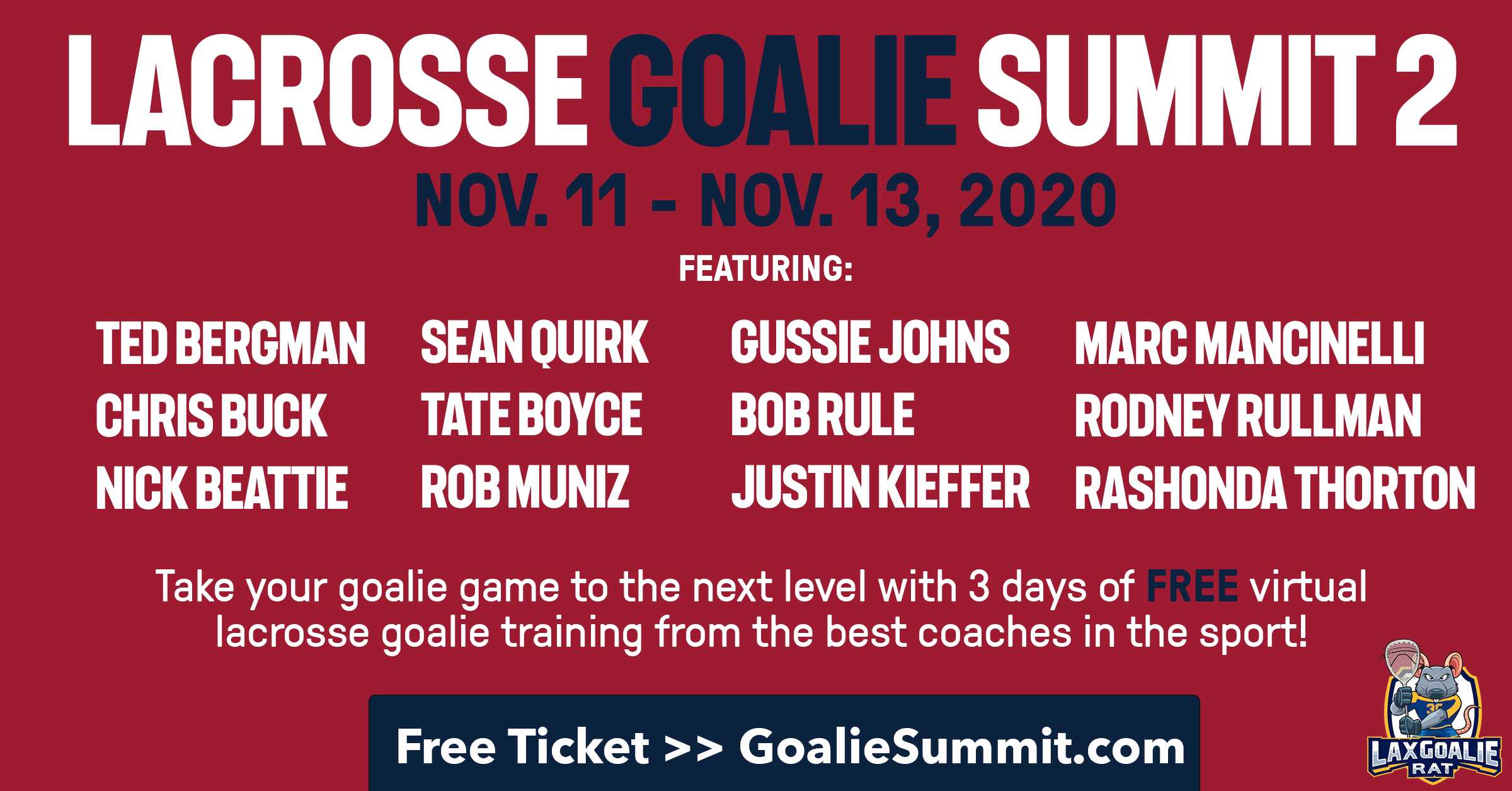


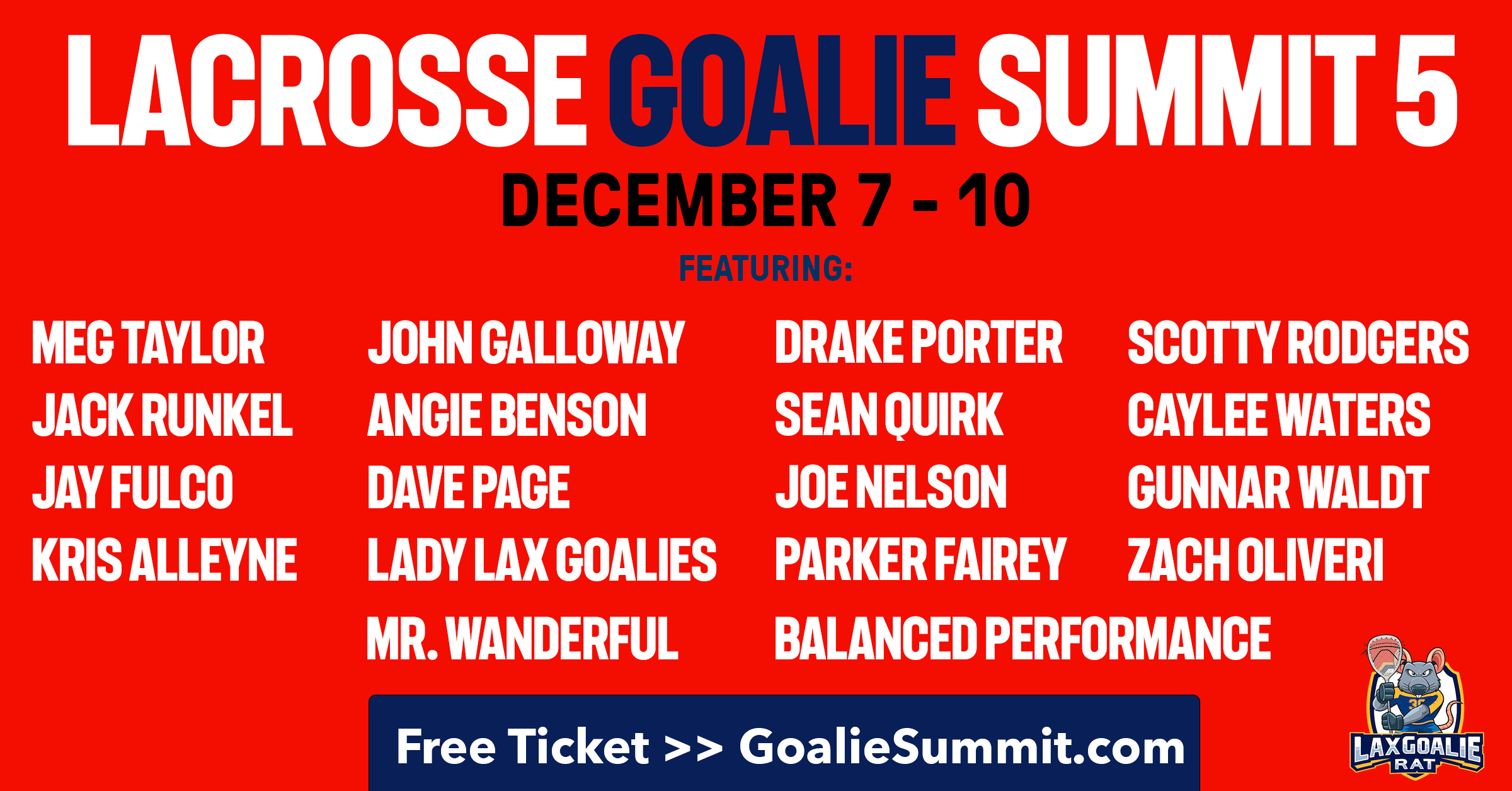



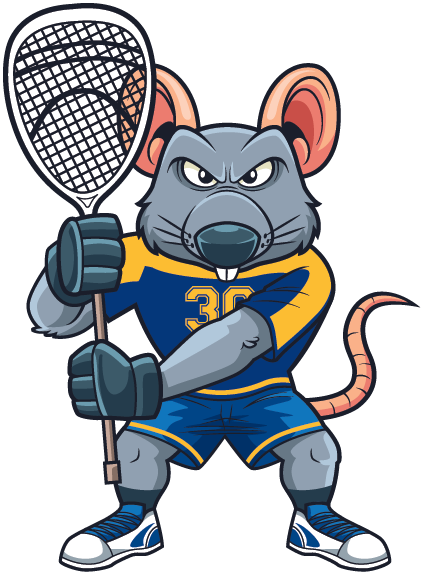

Thanks for this info… always good to go over specific scenarios.
You’re welcome Stuart. Handy for me too to have the rules all in one place!
That’s an awesome save, but wouldn’t fly in women’s lacrosse.
From the NCAA Women’s Rules that you link to:
“Illegal Body Ball: The following actions are illegal body balls:
3. If the goalkeeper bats, throws, catches or carries the ball with their hand when outside the goal circle.”
Illegal just because she would be OUT of goal circle (crease), right? As I understand they can make saves in the crease by batting the ball with a hand. Not that I recommend that.
My daughter is 13. Her goalie coach says she can pick up the ball in the crease. He is a the goalie coach on a champion girls high school team, so I think this is legal in high school as well. Also, at her level, the girls sticks can’t break the crease for any reason. Another one, if the goalie has the ball outside of the crease and the other teams player makes physical contact with the goalie or the crosse, the goalie can carry the ball back into the crease. If the goalie is outside of the crease, they can roll the ball into the crease and then reenter the crease. The other team can not break the crease.
Thanks Ruth. Your daughter’s goalie coach is right. When in the crease, in the female game goalkeepers can pickup the ball with a hand but only if they immediately place it in their stick. Thanks for adding those other rule clarifications. I’m going to update the post with that info.
There are other issues with your descritpion of the women’s rules in addition to the ones mentioned above. Since the focus of your service caters to the men’s game, it may be best to avoid women’s goalie play or rules. Having a female lacrosse goalie provide info about women’s goalie play would be ideal.
Thanks Beau. I’d rather just keep updating this post until it contains the right info for the female game because you’re right it does have a heavy male influence. What other issues did you notice?
Are girls goalies in high school allowed to cut the palms out of their gloves? I saw a college girl who did this and I wasn’t sure if hs can
Good question. Men’s rulebook specifically states you CANNOT cut out palms. Women’s rulebook makes no mention of it, so I guess its allowed? I would think it wouldn’t be for safety reasons but couldn’t find rule against it.
Ok, thanks for responding
No problem Lex. Thanks for the comment!
Hi Coach Damon,
Rough first high school lacrosse season. I’ve been playing goalie in girls’ lacrosse for 4 years and I’m 16. Rules are getting really confusing and I was wondering whether my clear tactics are actually illegal. Clearing the ball and getting an illegal play is so frustrating because it looks as if I’m inexperienced in goal keeping. And there is no way to correct the ref if the call is wrong.
I’m sure my west coast girl goalies here can relate to me >_<
Rules needed to clarify or I can probably help answer for high school girls:
A. Goalie rolling ball back into the crease
-clock resets to 10 seconds as soon as ball is in the crease
-if it is legal
-two feet inside the crease before picking the ball back up
-enter as soon as you can, because the clock resets without you when the ball is in the crease
-I believe this rule should not be true because some goalie coaches have told me I could stand outside the crease, then only when I enter the clock resets. However, the clock has only restarted without me in the crease so far.
-has to be after attempted clear
-check to goalie outside of crease and goalie regained position
-after-shot free position when the goalie is outside chasing the shot.
-goalie passes ball to field player, and passed back to goalie when the goalie is outside the crease
-receives pass from field player
-goalie intercepts pass outside the crease
B. Checks made by goalie (in discretion of the referee, sadly)
– hard to evaluate, but everything should be legal as long as there are no hits to the head.
-honestly, I get called for this all the time. It must be a west coast thing because in the east coast I never get this call.
-a yellow card can happen. it may look 'too dangerous' in the ref's eyes.
-if a call is made against the goalie, the goalie goes behind the player on the 8 meter or on the dot
C. rebounds
-shooter's follow through inside the crease is illegal (not called at all, so this rule technically doesn't exist anymore)
-field player is not allowed to check the goalie inside the crease or rake/take the ball in the crease, even if the goalie does not have possession of the ball in her crosse.
-if ball is on the line, the field players can get the ball.
-picking up the ball with hands in the crease is legal
-passing the ball with hands is illegal
-shooting space can be called against goalie if they save the ball outside of the crease.
-not sure if this is legitimate but I've been called on this so many times it's ridiculous.
D. Deputy
-need clarification, thought this was illegal.
E. Padding
-leg padding mandatory for official high school league
-leg padding optional for high school club league (depends on tournament, look out for goalies who are in the same age group and not wearing leg pads) (and coaches can make you wear leg paddings)
No disrespect to referees but there is A LOT of confusion.
-Korin
*you can’t simply walk back into the crease with the ball of course. But rolling the ball back into the crease is fine under the description of point A.
checked the shooting space rule, it does not apply to girls lacrosse goalies.
Does shooting space rule apply to the goalie in women’s lacrosse if she steps out of the crease? And if so do you remove the goalie from the goal and the other team gets a free shot? Happened 3x in a 7×7 games last night. Can you tell me where in rules I can find this?
I’ve been in games where the refs yell at me for coming out of the crease and hitting a player, one time in 3v3 OT my team got a penalty for it. This part confuses me, my coach was yelling at the ref for it, but it confuses me.
As long as it was a clean hit that shouldn’t be against the rules.
It depends on how you check. If you check down and vertically with your stick there should be no problem. Horizontally or up and you’ll get called for sure.
Thanks for sharing your resources. Very helpful information for me. I am playing attacking position but this rules help me.
Cool glad this quick summary of the rules helped you out Henry!
Any stringing rules in particular for goalies? Are goalies subject to the 4” rule for the shooting strings?
From the NCAA rulebook – Any additional strings or laces (e.g., shooting strings) must be located within 4” of top of the crosse (this prohibition does not apply to the goalkeeper’s crosse). So no 4″ restriction for goalies. In all my playing years I never had my stick checked once by a ref.
Hey, just wanted somone to clarify the rules on making a save coming out because it has been like 8 seconds and no girls are open and somone on the other team plays the goalie the goalie can roll the ball back into the crease as soon as they make physical contact correct? I got 2 calls today for doing that and the ref was arguing with me saying the girl would have to check my stick in order for it to be considered “playing the ball” so she gave the girl practically a free shot on me twice meanwhile my national championship winning goalie coach told me that this was legal? I would really like to know the truth?
Not really sure to be honest. Asked a female goalie coach friend and will let you know what she says.
Here’s what my female goalie coach friend said –
So “played” means either
1. Pass to teammate and they pass back
2. Opponent checks stick
3. Opponent commits foul on goalie
Just having someone play defense doesn’t count as played by the rules!
It’s such an informative post you had shared.thanks for sharing this.it helps me to know about the lacrosse goalie. Keep posting this type of helpful articles.. 🙂
No prob William. Glad you liked it!
I’m confused on the rules of checking and would love some clarification. My daugther is a 12 year old goalie for a club team. She has been told conflicting things on whether she is allowed to come out of the crease and check. Is it legal for a goalie to check players?
As far as I know, yes that’s legal. As long as the check is legal.
What if the ball goes up your shorts? In my first game/tournament it was a bounce shot that went up my shorts. Does that count as possession? What if my head is over the ball does that count ?
It does. If the ball becomes lodged in goalkeeper’s equipment you can remove it with your hand, place it in your stick and continue playing.
Hello, hoping to find an answer here.
In girls high school Lacrosse, when there is a shot the goalie is allowed to chase the ball. if the goalie is closest she gets to return to the crease, yes?
Even if she isn’t closest does she still get to return to the crease? I can’t find a rulleabout this anywhere in a rule book
Correct – if the goalie is closest to the endline on a shot, their team is awarded possession. There is no grace period allowing the goalie time to return to the crease. The whistle blows when the offensive team has possession and is ready to restart so the goalie must sprint back to the crease if they fail to win possession.
Why doesn’t a women’s goalie come out of the goalie crease to charge an incoming offender to potentially harras a one on one situation, etc..?
My thought on this is that the lacrosse stick is so long the shooter can just easily shoot around the goalie for an easy goal!
Are goalies allowed to wear hockey goalie leg pads in u14
No – any pads that increase the size of the limb are not allowed for lax goalies.
OK I have one. Goalie is in the crease and taken out by a offensive player. Ball is loose outside the crease and another offensive player picks up the ball and dumps in for a goal…
The offensive player entering into the crease that took out the goalie was off of a push…
What is the call? A: Play on due to push and goal is good does not matter that goalie was taken out, B: Dead ball goalie was taken out and play is stopped goal not good C: Other?
Good one haha. Not 100% sure so I’ll email Matt Palumb who I had on the podcast and is a ref. My guess is the right answer is your B. Contact w/ the goalie is foul so play stops – but because the contact with the goalie is cause by push – that’s the foul assessed and the ball is dead after that.
are there any rules as to how deep a goalie’s pocket can be?
Nope. Deep as you want.
Can a women’s goalie cover the ball or rake it to pick it up? and is this only inside the crease or anywhere?
Yes, women goalies can do that. Inside or outside the crease.
If a girl goalie rakes the ball outside the crease and an opposing player could have also played the ball it would be illegal, and a change of possession.
Wasn’t aware of that. So if there’s a loose ball outside the crease and the female goalie, with a foot still in the crease, clamps it and rakes it back into the crease – that’s illegal if an opposing player is there??
Hello, I am a U-15 goalie in NC
Can I force a goalie interference by tapping an opposing player while in the crease with possession of the ball?
You can. If your natural follow through on an outlet makes contact with an opposing attackman then its a free clear. It has to be natural tho, most times if a ref sees you’re trying to draw the contact intentionally you don’t get the call.
Hey Coach Damon and other posters, any shared experience is appreciated. Womens High School rules – Tournament this past weekend. My goalie with 8 years of experience went out of the crease to defend a ground ball. Other teams field player gained possession and my goalie checked her stick perfectly and dislodged the ball, great defensive play. Official called her for illegal check and told her that she is not allowed to check with a goalie stick… free position shot on empty net.. goalie had to line up behind shooter at 8M. I have never witnessed this call or even heard that a goalie stick is illegal to check with. Outside the crease, she technically becomes a field player.
I know it is illegal for her to shoot and score with a goalie stick but checking? My goalie has done this dozens of times both in club play and in high school and never been called. I am unable to locate a rule or interpretation of this, so any guidance is appreciated. It was a close game so that empty net goal was a kill shot…
My daughter (2025 Club) was called for similar plays this fall and has had an empty net once as well on an 8M as she was placed at the 12M. Can’t recall if it was for a check considered dangerous or because they thought a goalie couldn’t check. Wouldn’t change the aggressive play though as she stops more shots by stepping out and covering the whole shooters net from time to time vs. getting beat on a quick pass 1v1 right at the crease.
The interesting thing is that she would have been better by rule getting even more aggressive and getting a yellow card actually as long as it is only one per game. (My daughter picked up 2 of those this fall as well.) In that case, the rule state the goalie is out for 2 minutes and replaced by another goalie in the net OR if not other goalie, a field player for 2 minutes and the goalie gets to stay in the net. Either way, the cage remains guarded vs. the incidental penalty and open net 8M.
Can a goalie in high school boys lacrosse play the ball from a sitting position? The opposing goalie fell and ended up in a sitting position on the goal line. He then caught the ball in his net. Ref said he had goalie privileges and could play the ball from the ground. (MHSAA)
Yeah there’s no rule preventing goalies from playing the ball while on the ground.
If I understand your description of the various rules regarding possession of the ball by the goalie, (while the goalie has one or two feet in the crease) it is not considered to be in possession if the Goalie has the head of his stick over the ball when the ball is out side of the crease. Possession is not gained until the ball is inside the crease area with the stick over the ball. So an attacking player can check the goalies stick when he is in the motion of raking the ball, if the ball is outside of the crease, but he cant check the goalies stick if the ball is in the pocket of the goalies stick while the stick is outside of the crease.
Correct. That’s my understanding anyways.
One clarification – possession is gained when the ball is in the goalie’s stick. Thus starting the 4 second count.
Either way, if the goalie has clamped the ball inside the crease, not contact can be made. Clamp outside the crease and attackers can try to play the ball.